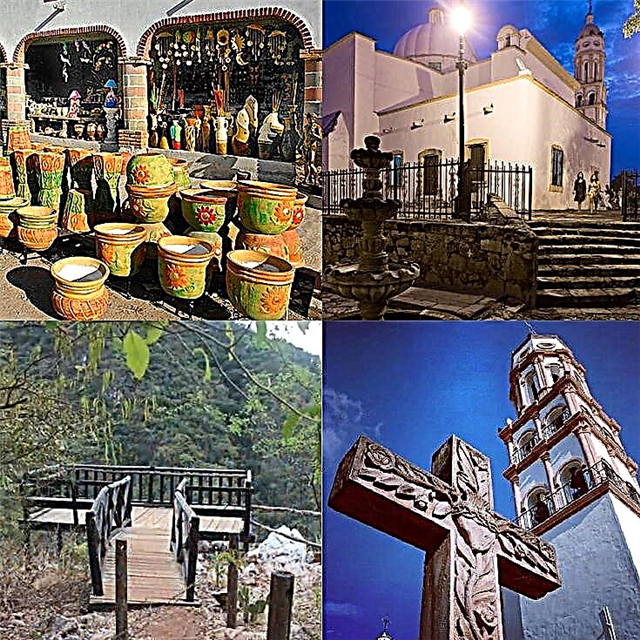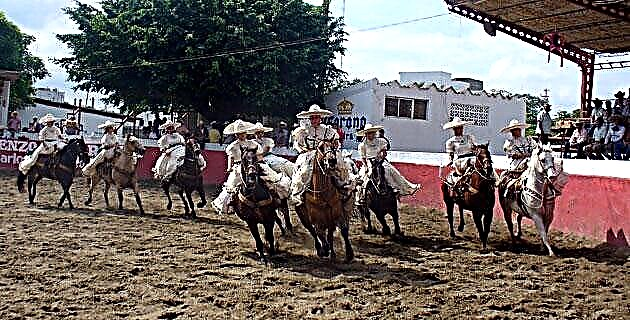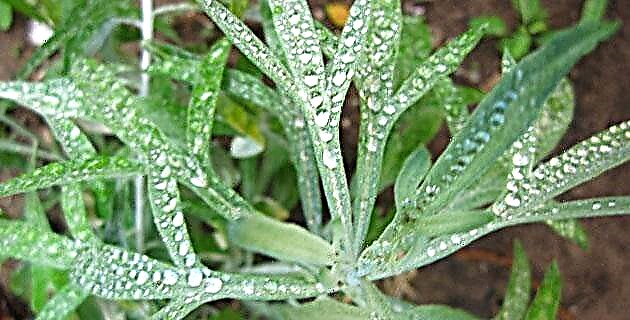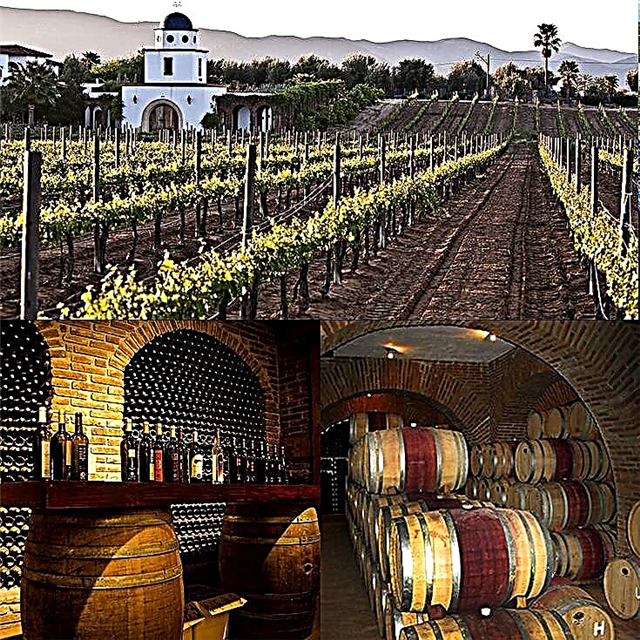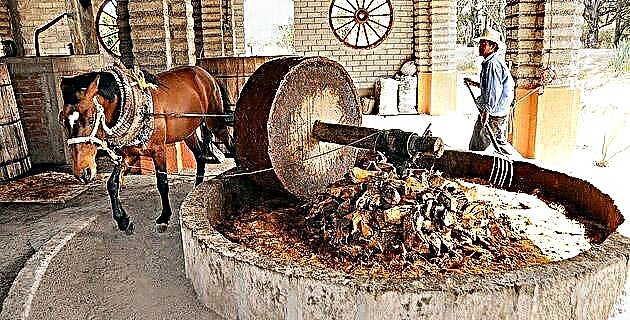
Mezcal, a drink so ancient that what is now Mexico was born, is steeped in the mysteries and magic of the ancient civilizations that flourished in our territory. Its mere mention refers us to the rituals of other days.
Scholars define the mezcalero maguey as a plant with large, fleshy leaves with spears at the ends. In the center is where the pineapple or strain is formed that is used to extract the liquid that will become mezcal.
The mezcaleros use a complex vocabulary; That is why it is not unusual to hear them say that the maguey manso is the best produced in the Oaxacan lands.
The growth of the stalk is patiently awaited by the peasants, as it will take about seven years for the plant to mature.
In Oaxaca, where the tradition of making the best mezcal flourishes, three words are key to approaching the origin of the drink: espadin, arroquense and tobalá. With them three of the species of agaves are designated that fermented and distilled produce as many varieties of mezcal.
The espadín and arroquense are a product of the crop, while the tobalá is a wild agave.
The process begins when the farmer separates the pineapple from the stems, leaves and roots that surround it. Once the pineapples are obtained, they are cooked and then ground. The resulting bagasse is left to rest in large, fragrant vats. Already here, the process requires calm and patience to wait for the bagasse to ferment; at this point the liquid passes to the stills.
This is the moment in which, surrounded by a halo of mystery, the artisan, in the manner of the ancient healers who created the potions that would give health or eternal life, develops his particular way of endowing the future mezcal with its characteristic flavor.
An old recipe that Oaxaqueños respectfully preserve, affirms that to obtain the famous breast mezcal, two chicken breasts and one of a turkey have to be put inside the barrel, with the liquid, which, when well mashed, give the mezcal a wonderful flavor. . Other local manufacturers prefer that the breast be that of a capon chicken, and there are still those who ferment the mezcal with cinnamon, sliced pineapple, banana, apple trees and white sugar. All this goes to the bottom of the alembic, giving mezcal a unique consistency and flavor.
To enjoy a good Oaxacan mezcal, it is necessary to know that you have to distinguish between white and tobalá. Of the white, in turn, a large number of varieties are known, of which the one called minero stands out, because it is made in Santa Catarina de Minas and in whose preparation pineapples from a wild agave known as cirial are also used.
In the elaboration of the authentic mezcal de tobalá, it is essential that the process takes place in clay pots.
Fans of this drink easily distinguish when they are in front of a factory mezcal, and when it is one that has been delicately obtained, in the traditional way, by domestic producers.
A good part of the mezcals in the market have a maguey worm inside them. As a general rule, the worm is added to mezcal when it is being bottled and connoisseurs say it gives it a slightly salty taste. This tradition of the worm has led, for many years, to create a salt that is obtained by crushing the maguey worms.
An old drinker told me that distilled mezcal has the supreme flavor of all drinks.
But all this would be impossible if the mezcalero maguey did not grow in Oaxaca, which puts a beautiful and characteristic note on the landscape.
Source: Aeroméxico Tips No. 1 Oaxaca / Fall 1996


